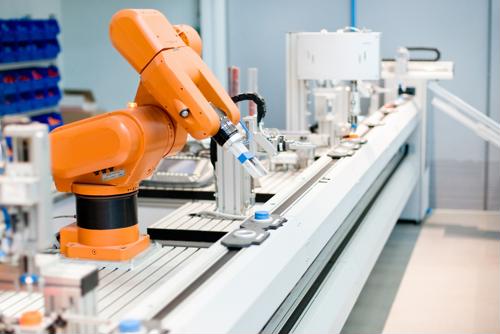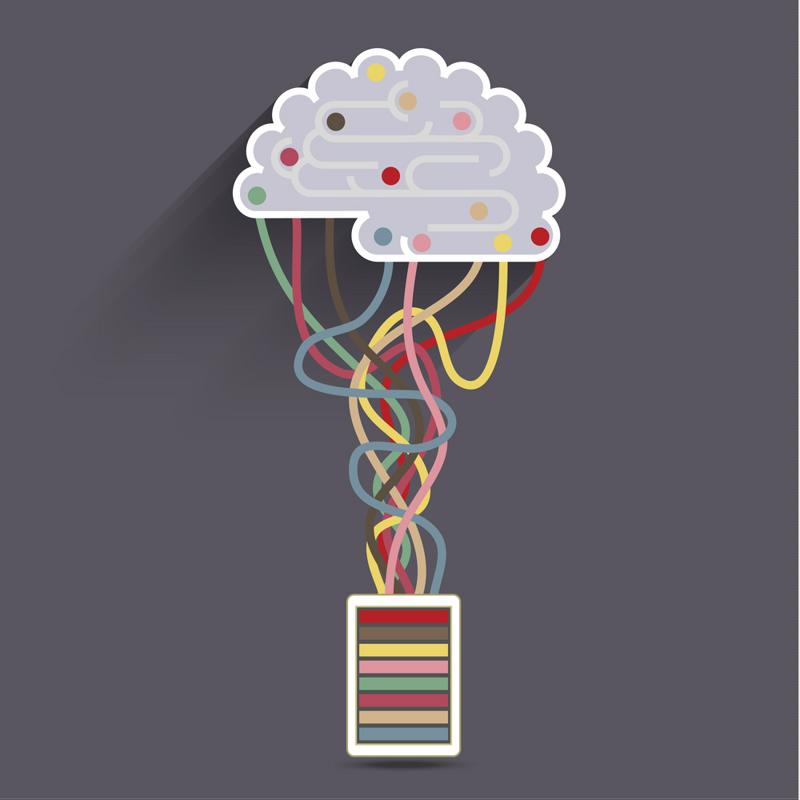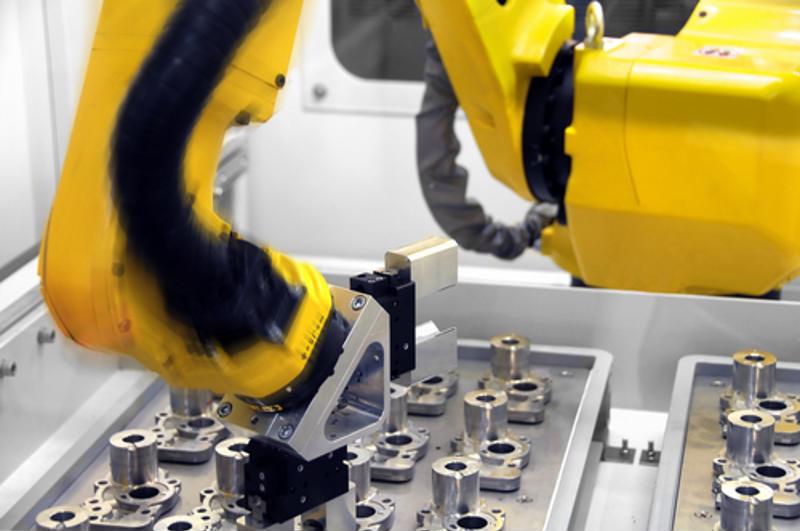
Machine learning on the horizon - Is your network ready?
By Max BurkhalterApril 25, 2016
Few business sectors are more aware of the growing societal role of robotics than industry. Manufacturers and other industrial organizations have been using robots for years to take on tasks that would be dangerous or inefficient for humans to perform, empowering them to assign their human resources to more valuable tasks. This transformation is happening in more mainstream settings now with self-driving cars and similar solutions gaining plenty of media attention. However, a more nuanced evolution of robotics is starting to get even more hype, and industrial organizations should pay attention. That trend is machine learning.
What is machine learning?
For the most part, robotics - or any automation system really - operates on a series of algorithms. Humans program a complex series of if/then considerations into algorithms that the machines use to govern their operations. This is fairly straightforward for simple tasks, but machine-based systems have hit a proverbial wall in recent years. At his keynote at the recent Graphics Technology Conference, Nvidia CEO Jen-Hsun Huang used the analogy of picking up an object as a simple analogy for the limitations of algorithm-based robotics.
Huang posed a straightforward question - How would you provide step-by-step instructions for somebody that can't think or feel for itself to pick up an object? Think about that for a moment and you'll quickly realize just how complex the act of writing algorithms for advanced industrial machines is. You can view Huang's full presentation, which details a wide range of virtual reality and deep machine learning applications, here.

Asking machines to learn is often easier than writing algorithms for every task they must complete.
Machine learning is the solution to the complexity of algorithm creation in the robotics sector, and Google has already provided proof of concept for a solution. The company created a convolutional neural network featuring a number of robots tasked, each day, with picking up objects of different shapes and sizes. Initially, the robots grasped around within the space allocated to them and failed to pick anything up.
Over time, however, the machines learned from one another and started picking up the occasional item. After approximately 8,000 grasp attempts, each individual robot in the network was able to begin identifying the motion of its own hand relative to the items in its experiment area, allowing it to perform self-correction and show early signs of behavior equivalent to hand-eye coordination.
This is machine learning in action - using raw data delivered over the network to identify what is happening and and make intelligent decisions. In the GTC Keynote, Huang showcased an Nvidia self-driving car that initially was not equipped with the traditional algorithms and was accident-prone at first. After observing human drivers and analyzing the data created by those users, however, the vehicle was able to quickly adjust and drive in situations like adverse weather and on roads without lane markers - problems that traditional self-driving cars are struggling with. Nvidia is now prepped to run a car in an upcoming race made up entirely of self-driving vehicles.
"Industrial Ethernet equipment will likely play a key role in supporting machine learning."
These are only proof-of-concept examples of machine learning, but they show how the practice could soon be transforming industrial operations. This begs the question, how do you prepare for the new functionality? Getting your network up to speed could be a good place to start.
Getting your network ready for machine learning
Industrial Ethernet switches and similar equipment will likely play a critical role in supporting any sort of machine learning. Think of it this way: An algorithm-based robotics automation and control system requires deterministic, or comparable, network systems to get data and instructions out to machines in a timely fashion. This is already a pressing requirement for industrial operators, and challenges are only going to escalate with machine learning. Where an algorithm needs specific data to be delivered in a timely fashion, a machine learning neural network requires all of the diverse data that a human brain would take in, delivered in near real -time.
Within each machine on your production line, sensors and monitoring devices will need to be transmitting environmental data to its various components to guide each task. At the same time, those robots will receive data pertaining to project parameters, material availability and similar conditions in order to take the right action on the tasks they are given.
Machine learning is only in the early stages of moving from experiment to reality, but industrial organizations are already facing major networking challenges trying to keep up with the Internet of Things and similar trends. All told, companies must move quickly to start advancing their networks soon or risk falling behind to the point that they won't be able to easily catch up when machine learning capabilities arrive in action - which is happening in nuanced areas.

Industrial organizations must prepare for an era in which robots will think for themselves.
Industrial Ethernet unlocks network advances
The days of segmenting different network systems from an architectural standpoint are fading away as industrial systems are capable of taking disparate data types and using it to make key decisions. Ultimately, any success in robotics depends on being able to get humans and machines to interact efficiently, and that means everybody must have access to the right data at the right time. Industrial Ethernet systems provide the hardiness, reliability and data delivery performance you need to meet the requirements of automation and control systems while also gathering data from other parts of the business.
Investing in industrial Ethernet components isn't a silver bullet, but it is a foundation. The right technologies will provide the base of security and performance that you need to build your network as trends such as machine learning gain momentum moving forward.
Perle has over 516 models of Managed Industrial Ethernet Switches with the vast array of options including 10/100/1000 Ethernet, PoE, fiber and combo ports. Perle IDS Industrial-grade Ethernet Switches are ideal for the harsh environments found in industrial factory systems and outdoor applications.



